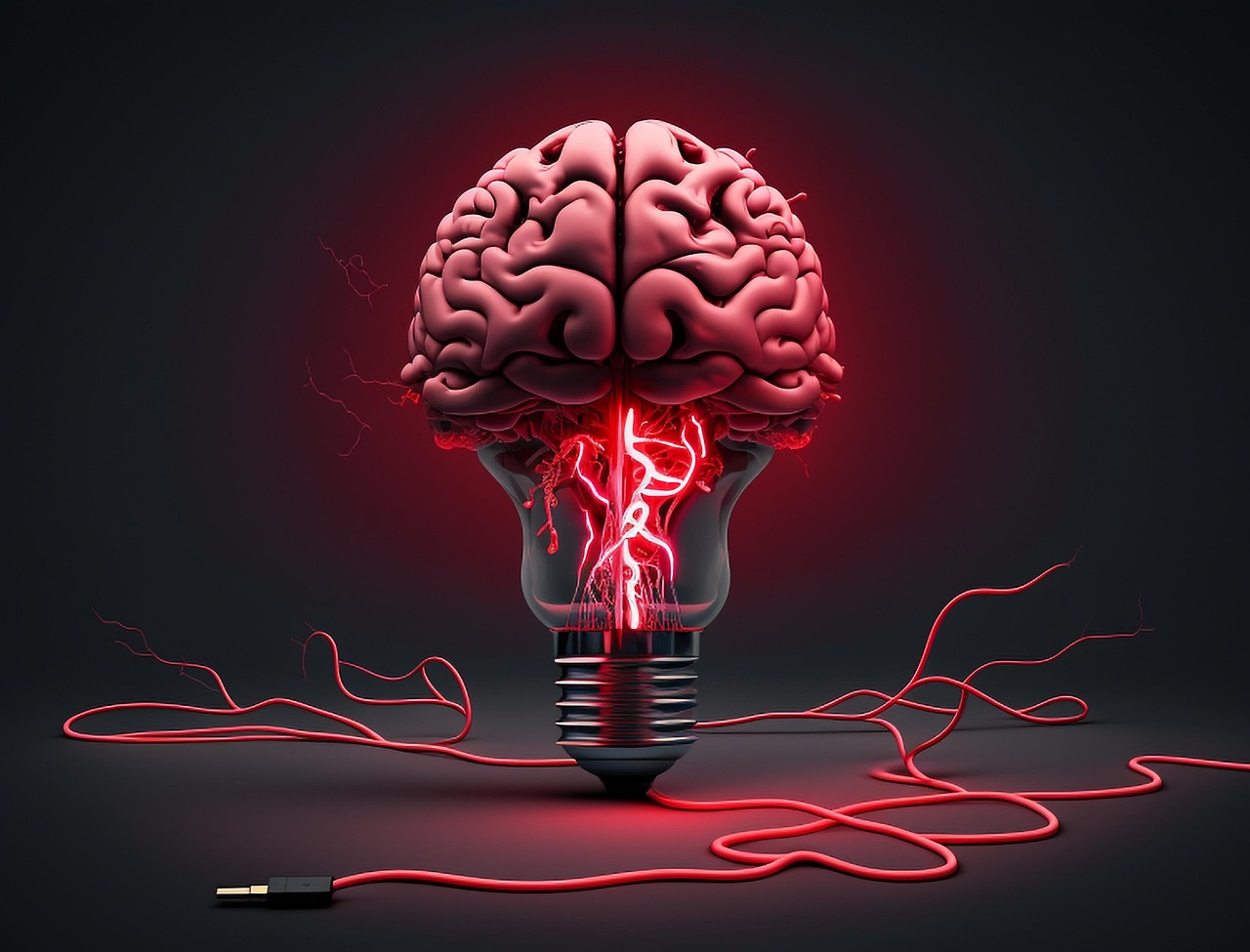Pain is more than just a physical sensation—it’s a complex interaction between the body and brain. For many people, chronic pain can feel overwhelming, unpredictable, and even debilitating. However, research has shown that understanding how pain works can significantly improve recovery outcomes and help individuals regain control over their lives. This approach, known as Pain Neuroscience Education (PNE), is revolutionizing the way we think about pain and how we treat it.
What is Pain Neuroscience Education (PNE)?
Pain Neuroscience Education is a therapeutic approach that helps patients understand the biological and physiological processes behind pain. Instead of viewing pain as just a symptom of tissue damage, PNE explains how the nervous system, brain, and perception influence pain experiences. This shift in understanding can help reduce fear, improve movement, and promote long-term recovery.
How Understanding Pain Changes Recovery
1. Shifting the Focus from Damage to Sensitization
Many people believe that pain is always a direct result of tissue damage. While acute injuries can cause pain, chronic pain is often due to a hypersensitive nervous system rather than ongoing tissue injury. Learning this can empower individuals to move more confidently without fear of worsening their condition.
2. Reducing Fear and Avoidance Behaviors
Fear of pain often leads to avoidance of activity, which can create a cycle of deconditioning and increased pain. PNE teaches that movement, when done correctly, is safe and beneficial. This knowledge helps patients gradually return to normal activities with less fear and hesitation.
3. Improving Pain Coping Strategies
By understanding that pain is influenced by stress, emotions, and lifestyle factors, patients can develop better coping strategies. Techniques such as mindfulness, relaxation, graded exposure to movement, and cognitive behavioral approaches can help manage and reduce pain intensity over time.
4. Enhancing the Effectiveness of Physical Therapy
Patients who undergo PNE alongside physical therapy often experience better treatment outcomes. When patients understand that their pain isn’t necessarily a sign of harm, they are more likely to engage in exercises, manual therapy, and functional training with confidence and commitment.
5. Empowering Patients to Take Control
One of the most significant benefits of PNE is that it gives patients control over their recovery. Instead of feeling helpless or reliant on passive treatments, individuals learn that they have the ability to influence their pain through movement, mindset, and lifestyle adjustments.
Who Can Benefit from PNE?
Pain Neuroscience Education is beneficial for individuals experiencing:
- Chronic pain conditions (low back pain, neck pain, fibromyalgia, etc.)
- Work-related injuries with persistent pain
- Post-surgical pain that lingers beyond normal healing times
- Fear of movement due to past injuries
- Pain that seems disproportionate to imaging or diagnostic results
Conclusion
Understanding pain is a powerful tool in the recovery process. Pain Neuroscience Education helps shift the focus from damage-based thinking to a broader understanding of how the nervous system and brain influence pain perception. By reducing fear, improving movement, and promoting self-efficacy, PNE offers a path toward better recovery and a higher quality of life.
At CompRx PT, we integrate Pain Neuroscience Education into our treatment approach to help patients overcome pain and regain function. If you’re struggling with persistent pain and want to take control of your recovery, contact us today to learn more!

